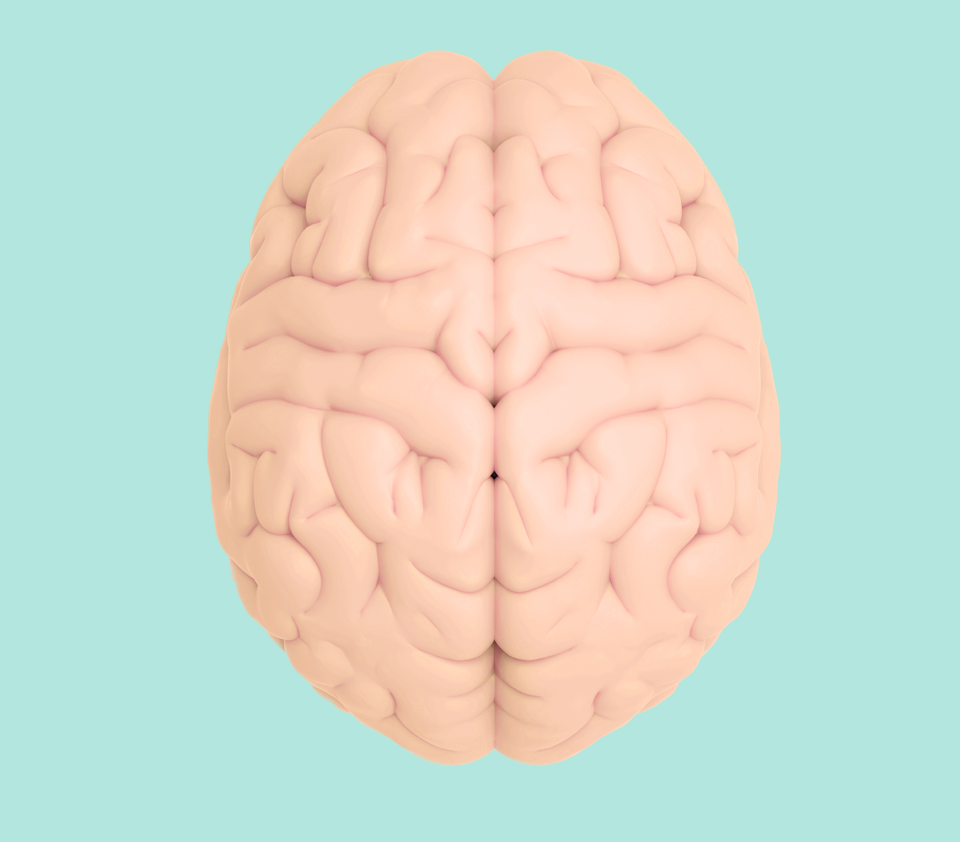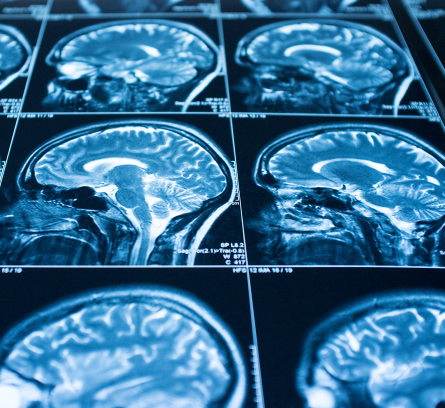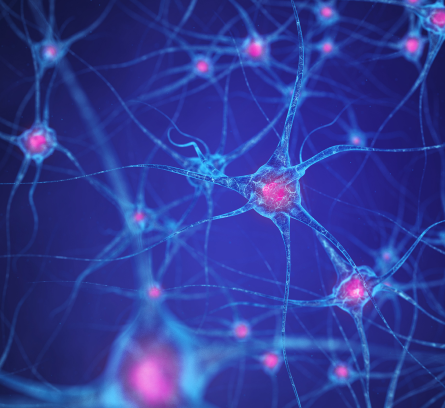
Neurology is the field of medicine that focuses on the structure, function and disorders of the nervous system.
Due to the complexity of the nervous system, there are hundreds of different neurological conditions, affecting billions of people worldwide. They are the leading cause of disability and account for a significant percentage of global deaths. The most prevalent neurological conditions include Alzheimer’s disease and other dementias, stroke, Parkinson’s disease, meningitis, autism, epilepsy and migraines.
The nervous system is vital in keeping the body alive and functioning. Everything we do depends on the messages that our nerves transmit between our brain, spinal cord and the rest of our body.

The brain is our most complex organ, enclosed inside a protective skull. It controls everything that happens in the body, including vital functions like breathing and heartbeat. Without the brain, the body would not be able to function.
The brain is connected to the spinal cord via the brain stem. The brain and spinal cord are enclosed in a triple membrane and are surrounded by a protective fluid called cerebrospinal fluid (CSF). One of the main functions of the CSF is to protect the brain and regulate the pressure inside the skull, acting as a shock absorber. It also carries nutrients to the nervous system and removes nerve waste.

Together, the brain and spinal cord make up the central nervous system. The spinal cord extends the nerve fibres from the brain. Messages, or nerve impulses, travel from the brain along the spinal cord and control the activities of the body, such as movement of the arms and legs, sensory functions like touch and temperature, and things we don't think about that go on in the background, like the function of our organs. This is achieved via the second main division of the nervous system, the peripheral nervous system.

The peripheral nervous system is the network of nerves outside the central nervous system. Sensory and motor nerves branch out from the spinal cord between the vertebrae, carrying messages between the central nervous system and our bones, muscles, skin and other organs. An injury to a peripheral nerve can result in loss of feeling or movement. Disorders of the neuromuscular system, where nerves and muscles interact, include motor neuron disease, muscular dystrophy and multiple sclerosis.


